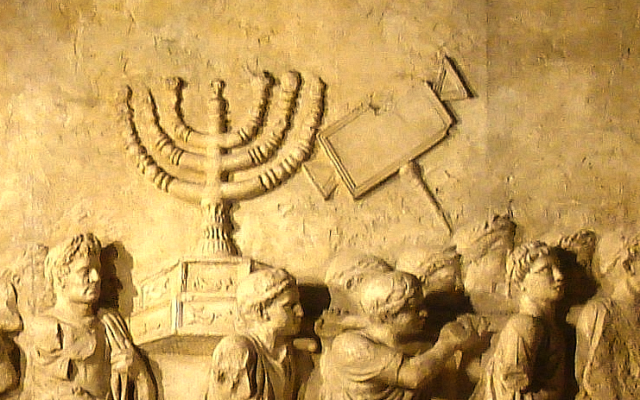In what appears to be the first physical evidence of an ancient Jewish presence in Jordan, archaeologists discovered a menorah carving on a stone block in a church, which was likely originally part of a synagogue.
A menorah carving found in a 1,400-year-old Byzantine church in Jordan provides the first substantial evidence of Jewish presence in the ancient city of Abila, which has long thought to have a substantial Jewish population, Haaretz reported.
The seven-branched menorah with a three-legged branch was carved on a stone block found in the second tier of a wall in the church, while excavating the Byzantine church from the sixth or seventh century C.E.
“This is the first physical evidence of a Jewish presence at Abila, and holds great promise that further discoveries will give more evidence in this direction,” said Dave Vila, head of the excavations.
Archaeologists can only confirm that the menorah carving predates the church, which is 1,300-1,400 years old.
The stone block is believed to have been taken from another structure, such as a synagogue, and reused.
Menorahs similar to this carving are often discovered on mosaic synagogue floors from the Late Antiquity period, from the late third century CE to the mid-seventh century CE.
During the period of Roman rule, there was a significant Jewish population, dating back to biblical times, east of the Jordan River.
While the Jewish presence has been well documented in books, this is the first archaeological evidence corroborating the texts.
By: JNS.org and United with Israel Staff
